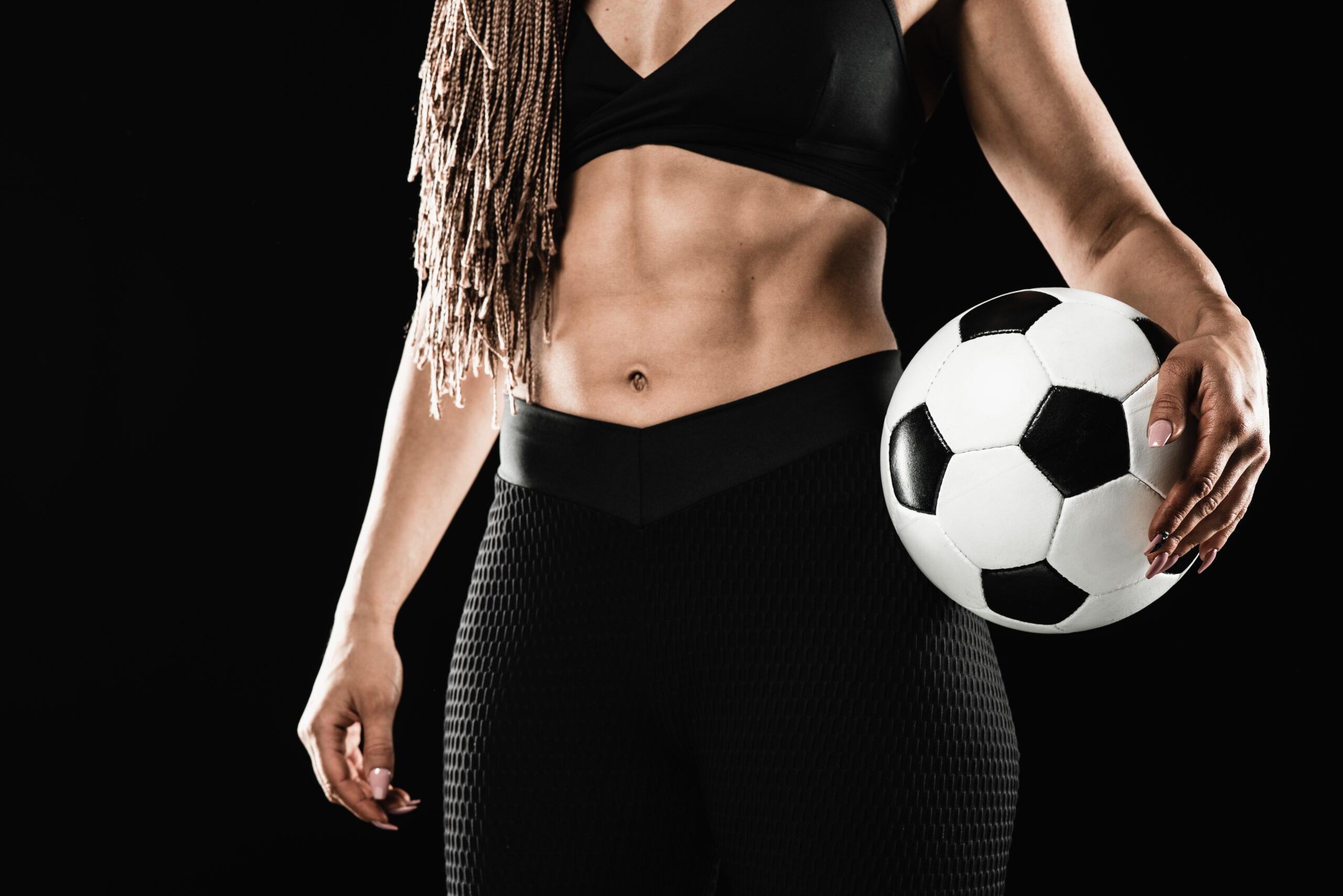Powering Performance: Glute and Hip Strength for Soccer Players
Soccer is a sport that demands agility, speed, and explosive power, all of which rely heavily on the strength and stability of the hips and glutes. Strong glute and hip muscles not only enhance athletic performance but also reduce the risk of injury on the field. In this blog, Fortius Physiotherapy will explore the importance of glute and hip strength for soccer players and share effective exercises to help you maximize your strength and power on the pitch.
The Role of Glute and Hip Strength in Soccer:
The glutes and hips play a crucial role in soccer performance, contributing to key movements such as sprinting, jumping, changing direction, and kicking. Here's why glute and hip strength are essential for soccer players:
- Acceleration and Sprinting: Powerful hip extension generated by the gluteus maximus is essential for propelling soccer players forward during sprints, enabling them to reach top speed quickly and outpace opponents.
- Change of Direction: Strong hip abductors and external rotators, including the gluteus medius and minimus, provide stability and control during lateral movements and sudden changes in direction, helping soccer players maintain balance and agility on the field.
- Jumping and Heading: Explosive hip and glute strength are necessary for generating upward force during jumps for headers, winning aerial duels, and executing powerful shots on goal.
- Injury Prevention: Weakness or imbalance in the glute and hip muscles can contribute to a range of lower extremity injuries, including hip impingement, IT band syndrome, and knee ligament injuries. Strengthening these muscles helps stabilize the pelvis and lower extremities, reducing the risk of injury.
Effective Glute and Hip-Strengthening Exercises for Soccer Players
With consistent effort and dedication, you'll be well on your way to dominating the soccer field with your enhanced glute and hip strength. Now, let's dive into some effective exercises to target the glutes and hips and enhance soccer performance:
Squats:
- Squats are a fundamental lower body exercise that targets the glutes, hips, quadriceps, and hamstrings. Perform bodyweight squats or progress to weighted variations such as goblet squats, barbell squats, or Bulgarian split squats to build strength and power in the lower body.
Hip Thrusts:
- Hip thrusts target the glutes and hamstrings and are particularly effective for improving hip extension strength. Sit on the ground with your upper back against a bench and a loaded barbell across your hips. Drive through your heels to lift your hips toward the ceiling, squeezing your glutes at the top of the movement. Lower back down with control.
Lateral Band Walks:
- Lateral band walks target the hip abductors, the gluteus medius and minimus, which play a crucial role in controlling side-to-side movements on the soccer field. Place a resistance band around your ankles and assume a quarter-squat position. Take small steps to the side, maintaining tension on the band throughout the movement.
Single-Leg Romanian Deadlifts:
- Single-leg Romanian deadlifts are a unilateral exercise that improves balance, stability, and hamstring and glute strength. Stand on one leg with a slight bend in the knee and hold a dumbbell or kettlebell in one hand. Hinge at the hips, keeping your back flat and the non-weight-bearing leg extended behind you for balance. Lower the weight toward the ground while maintaining a neutral spine, then return to the starting position.
Glute Bridges:
- Glute bridges isolate the glutes and hamstrings and help improve hip extension strength and pelvic stability. Lie on your back with your knees bent and feet flat on the ground. Lift your hips toward the ceiling, squeezing your glutes at the top of the movement. Lower back down with control.
Incorporating these exercises into your training routine can help you develop the strength, power, and stability needed to excel as a soccer player. Aim to perform 2-3 sets of 8-12 repetitions of each exercise, gradually increasing the intensity and resistance as you progress. Remember to prioritize proper form, listen to your body, and consult with a qualified Fortius physiotherapist if you experience any pain or discomfort.

